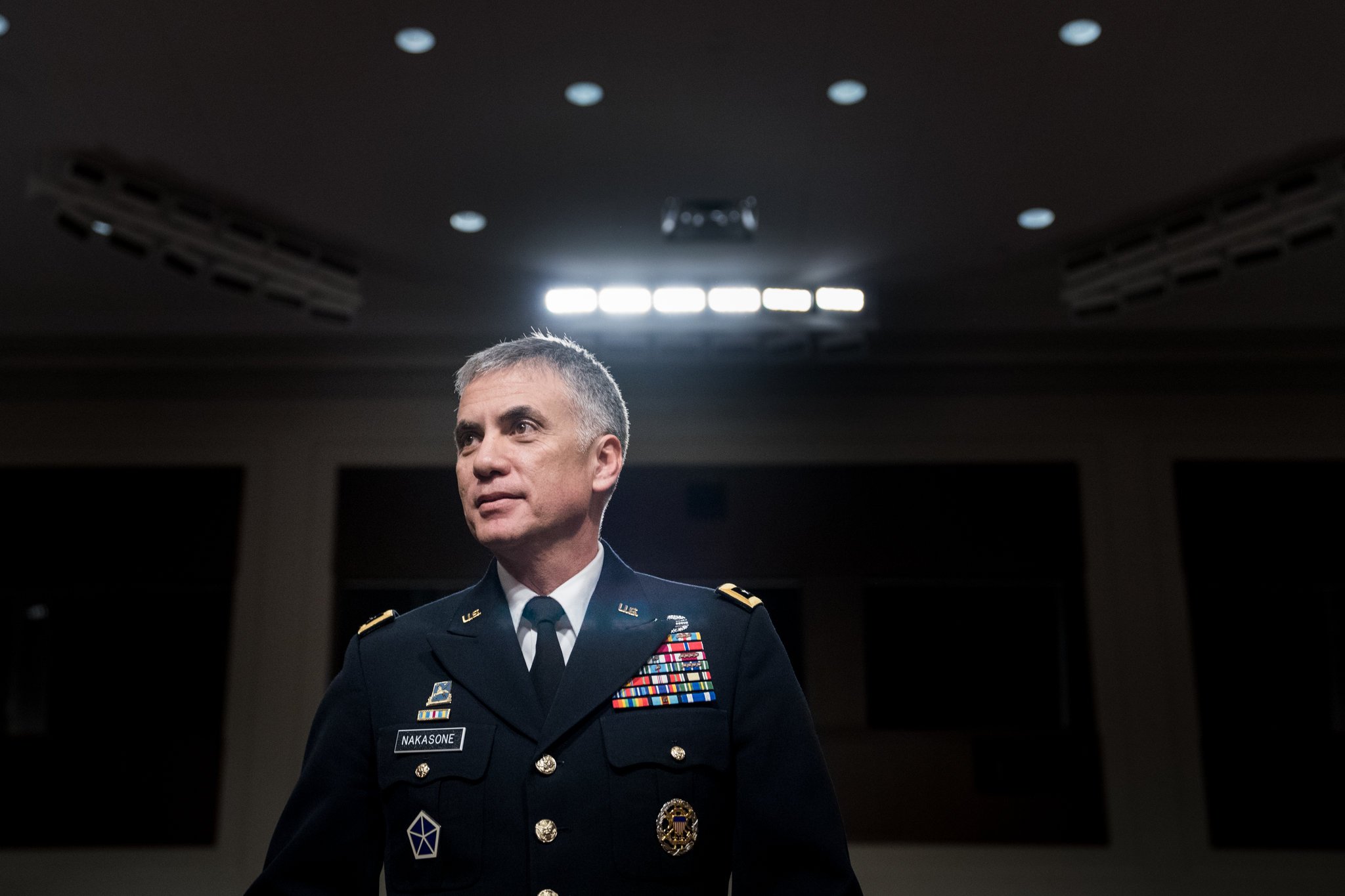
By comparison, the United States is still uncertain how to make use of its cyberweapons after spending billions of dollars to build an arsenal. It is concerned that the Russians — along with the Chinese, the Iranians and the North Koreans — could easily retaliate against any attack, striking American banks, utilities, stock markets and communications networks.
And in the nuclear sphere, the Trump administration has yet to offer a strategy to contain or deter Russia beyond simply matching the weapons buildup. Mr. Trump himself has largely remained silent about his vision to contain Russian power, and has not expressed hope of luring Moscow into new rounds of negotiations to prevent a recurrent arms race.
The threat that Russia poses on both fronts has helped push the United States to declare a fundamental shift on national security: Defense Secretary Jim Mattis asserted in January that “great power competition,” not terrorism, is now the primary American focus.
Washington’s response — at least in the nuclear realm — also harks back to the Cold War era: a cycle of move and countermove. This time, however, it involves not just building larger stockpiles, but also developing new types of weapons of greater sophistication, matched with more advanced missile defenses.
“Putin has become the best friend of the U.S. nuclear arms industry,” said nonproliferation expert Gary Samore. He negotiated with the Russians during the Clinton administration, when optimism ran high that the era of nuclear competition was over, and again during the Obama administration, after Mr. Putin had begun Moscow’s current nuclear modernization.
The Pentagon believes that many of the new plans that Mr. Putin announced last week to bolster his arsenal — including undersea nuclear torpedoes, nuclear cruise missiles and other new weapons — are years away from deployment. He has called his new missiles “invincible,” as some can evade missile defenses, and started a contest to name them.
Mr. Putin has blamed the United States’ failure to embrace past arms control treaties as the reason for his buildup. But he has particularly complained about American nuclear defenses, which he said were aimed as much at Russia as they were at North Korea. American officials have said that is a wild misstatement of the technology’s reach.
In his State of the Union speech in January, Mr. Trump demanded that Congress “modernize and rebuild our nuclear arsenal.” That was followed in February by the administration’s Nuclear Posture Review, which was more specific. It called for new, low-yield nuclear weapons that it justified on the basis of recent Russian advances. It also described in detail a once top-secret Russian autonomous nuclear torpedo that is designed to cross the Pacific.
Additionally, the nuclear review abandoned earlier promises by the Obama administration that nuclear weapons would be a diminishing part of American security and defense. “Past assumptions that our capability to produce nuclear weapons would not be necessary and that we could permit the required infrastructure to age into obsolescence have proven to be mistaken,” the document said.

Credit
Erin Schaff for The New York Times
Drafts of a new missile defense strategy, which may be published later this month, include suggestions that the program may now turn to developing missile defenses against Russia and China, not just countering states like North Korea with smaller arsenals.
“We must no longer think in terms of building just ‘limited’ missile defense capabilities,” concluded a report that was issued last year by the Center for Strategic and International Studies, a Washington think tank. “The United States should begin the journey to develop a next-generation missile defense.”
It called for pursuing a “space-based kill layer” that would try to shoot down swarms of enemy warheads and missiles — a step that would go beyond the Reagan administration’s “Star Wars” research on space arms and no doubt prompt new rounds of reaction from Mr. Putin and the Russian military.
Particularly striking is the absence of much interest in Washington or Moscow for arms control talks.
From President John F. Kennedy’s time in office through President Barack Obama’s, new treaties were negotiated that first limited atmospheric testing, then the numbers of weapons that could be deployed. The result was an 85 percent decline in the number of nuclear weapons in the world.
But the most recent arms reduction treaty, called New Start, expires in early 2021. Mr. Trump has not expressed interest in renewing it. And there is evidence that even before its scheduled sunset, expensive new cycles of technological action and reaction are beginning to take shape.
Over the past few months, most talk of restraint has been cast to the wind as Mr. Putin and Mr. Trump take steps to rebuild their arsenals, according to arms control advocates. Doing so portends a new generation of nuclear weapons, as such moves and countermoves create a rationale for building more.
Lisbeth Gronlund, a senior scientist at the Union of Concerned Scientists, based in Cambridge, Mass., said Mr. Putin’s announcement last week “further ratchets up what is clearly a new arms race, making the world a more dangerous place.”
But what worries veterans of that Cold War is less the new technology than the old rhetoric.
“None of this changes the fundamental picture of what the U.S. and Russia do to each other,” Matthew Bunn, a Harvard professor who is one of the directors of the Managing the Atom project, told a group of journalists at the Nieman Foundation in Cambridge on Friday.
He said what is changing “is the degree of tension” that revives the dangers of miscalculations that could lead to military action — the great fear at the height of the Cold War during the 1950s, 1960s and 1970s.
The cyberchallenge is the newest one, and thus is not captive to the strategies of past generations. But in public statements in recent weeks, Mr. Trump’s top intelligence officials have conceded that the president has yet to discuss strategies with them to prevent the Russians from interfering in the midterm elections this year. Mr. Trump has expressed severe doubts that the Russians meddled in 2016, contradicting the conclusions of his intelligence officials.
Two days before General Nakasone’s hearing last week, the man he would replace at the N.S.A. and Cyber Command — Adm. Michael S. Rogers — offered striking testimony in what is likely to be his last public appearance on Capitol Hill before leaving office.
Four years ago, after he took command, Admiral Rogers said one of his goals was to assure that American adversaries would “pay a price” for their cyber actions against the U.S. that “will far outweigh the benefit” derived from hacking. He also frequently said that the retaliation might not necessarily be a counter-cyberstrike, but could involve economic sanctions or diplomatic isolation.
However, last week Admiral Rogers conceded that his own test had not been met.
Pressed about what pressure he had put on the Russians, he said: “We’re taking steps, but we’re probably not doing enough.” He also dismissed sanctions that Congress approved last year — and that Mr. Trump has failed to impose — as insufficient to change “the calculus or the behavior” of Mr. Putin.
At General Nakasone’s confirmation hearing two days later, Senator Ben Sasse, a Nebraska Republican, said that “the problem is not technical,” but political, given the United States’ impressive cyberarsenal.
“We are not responding in any way that’s adequate to the challenge we face,” Mr. Sasse said.
Continue reading the main story
Powered by WPeMatico

